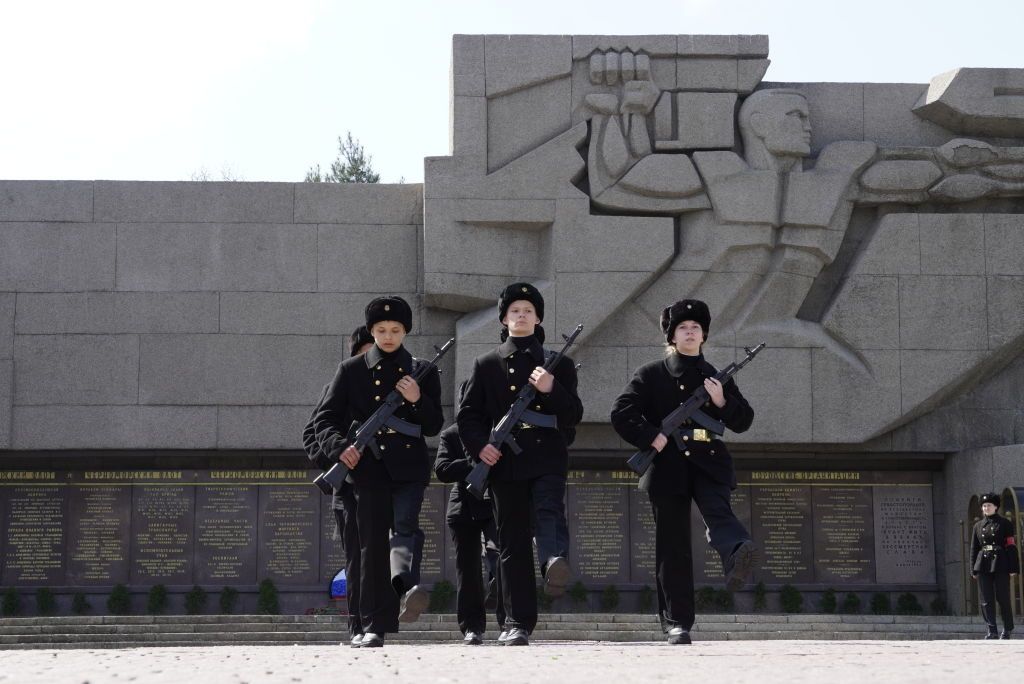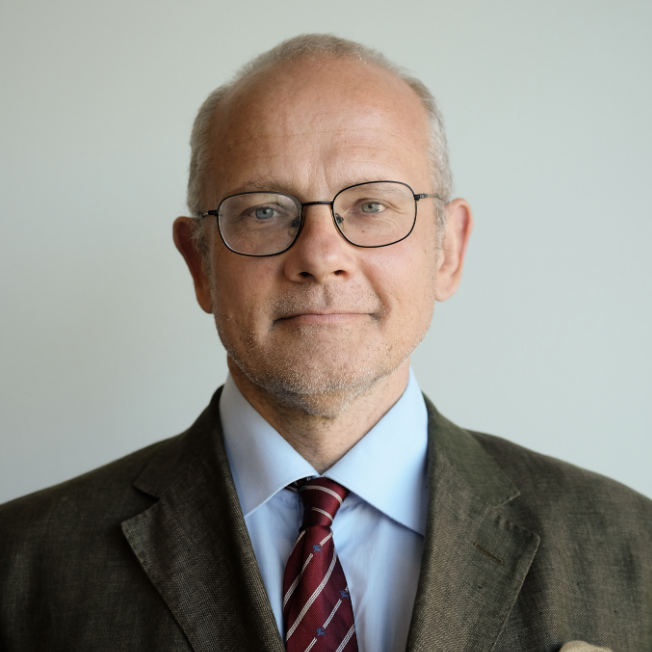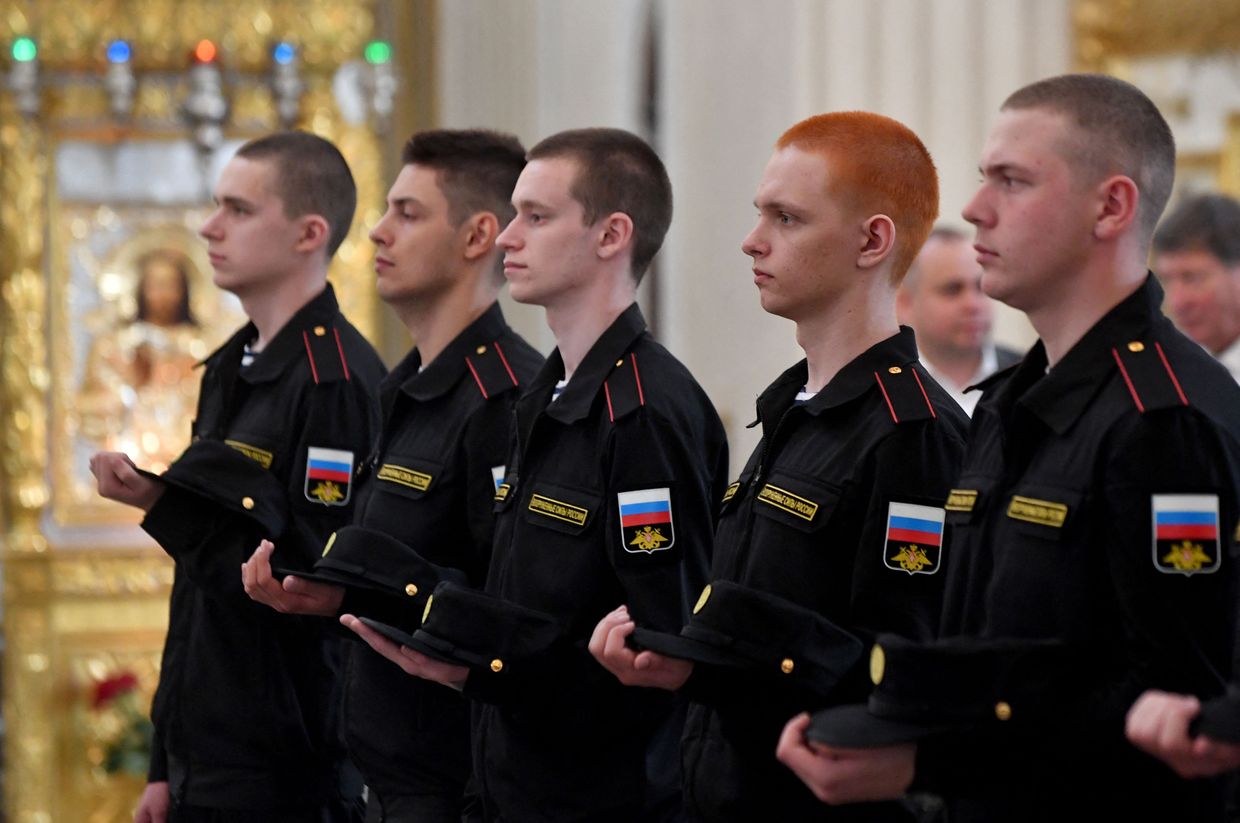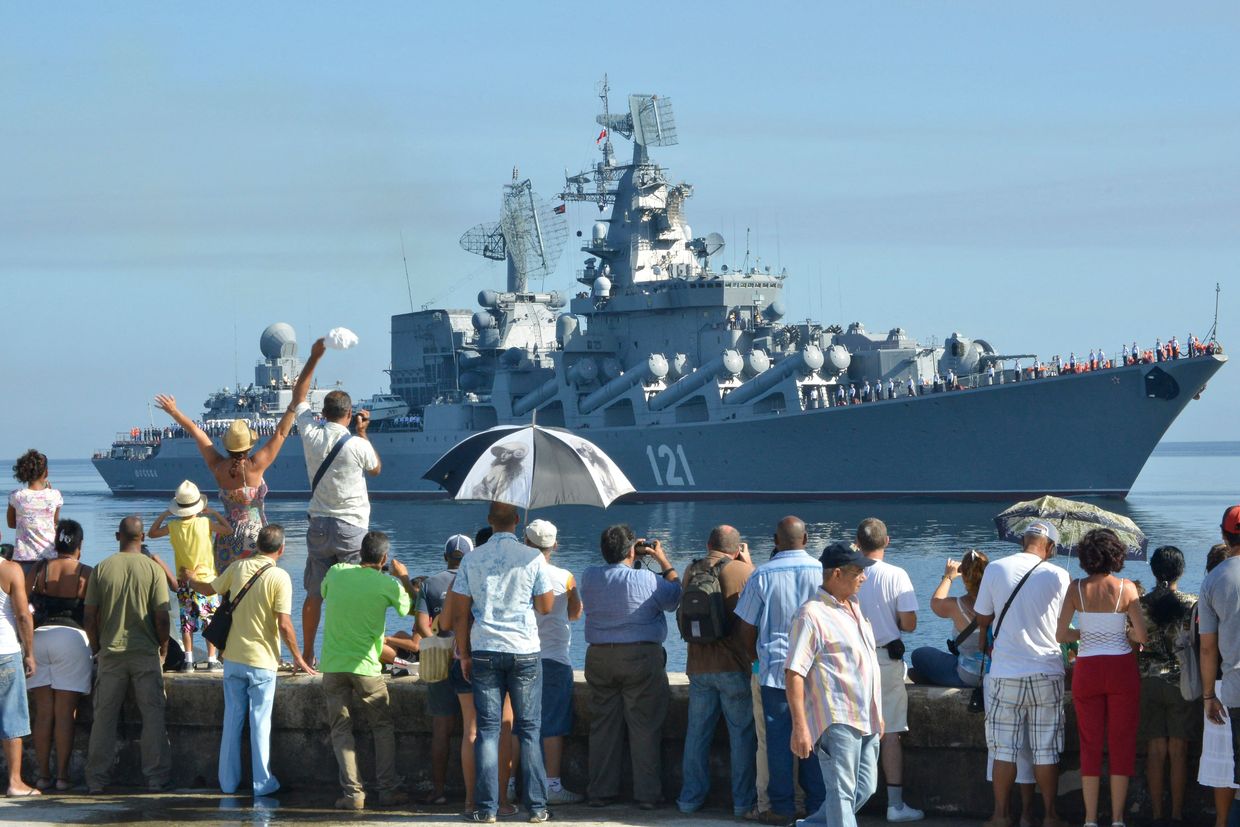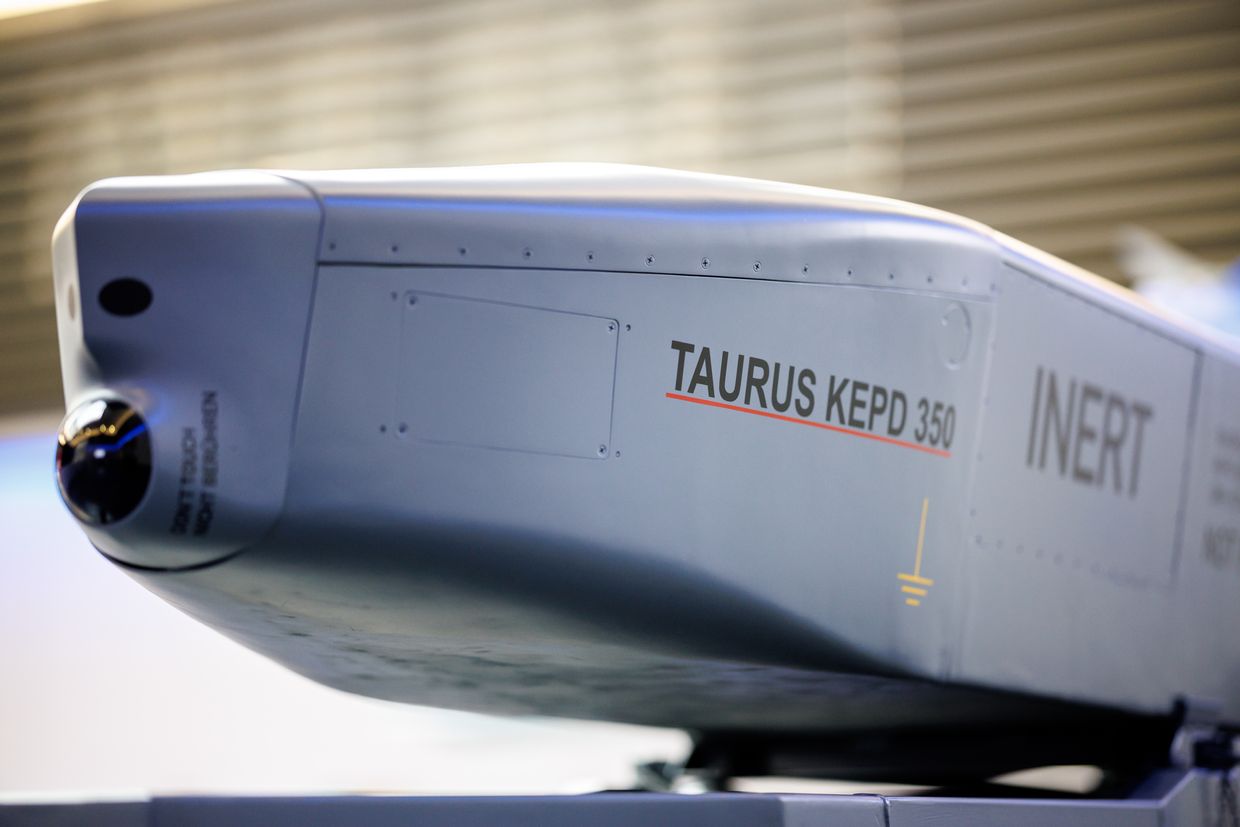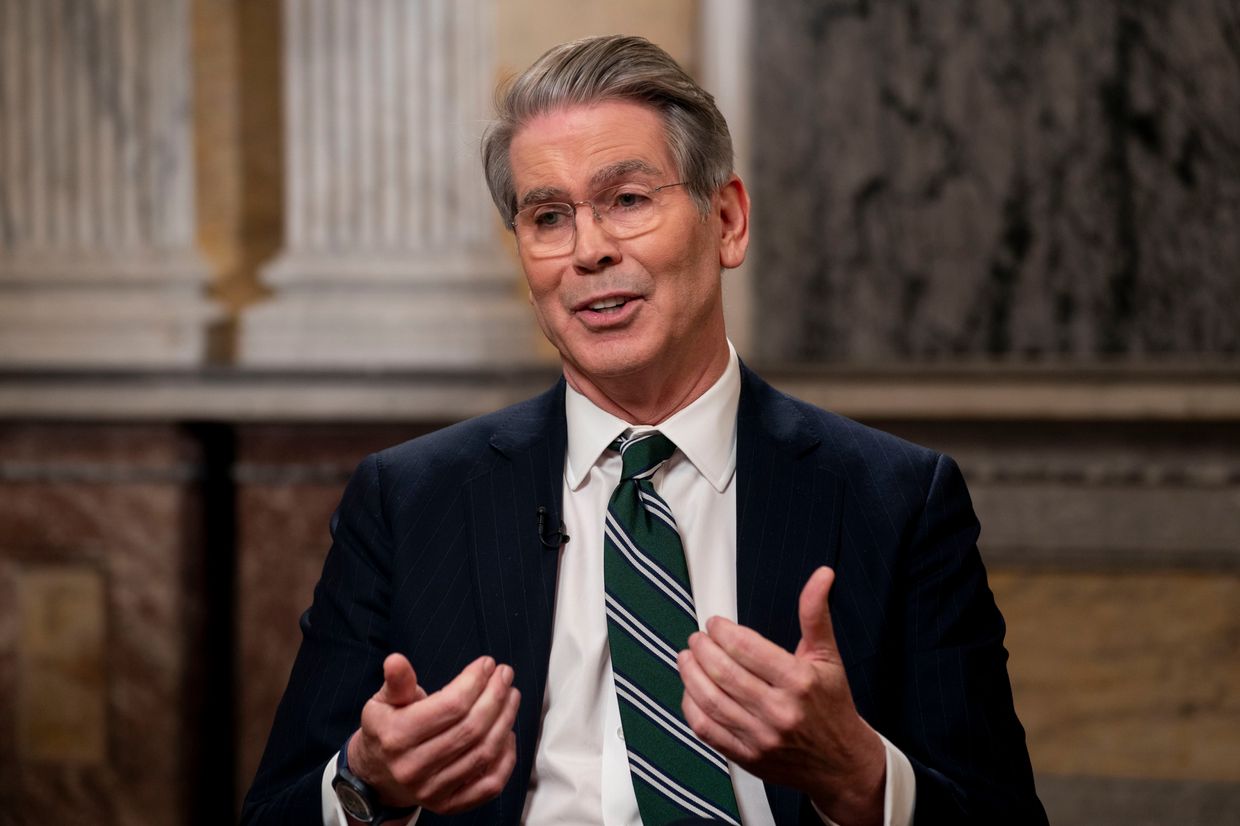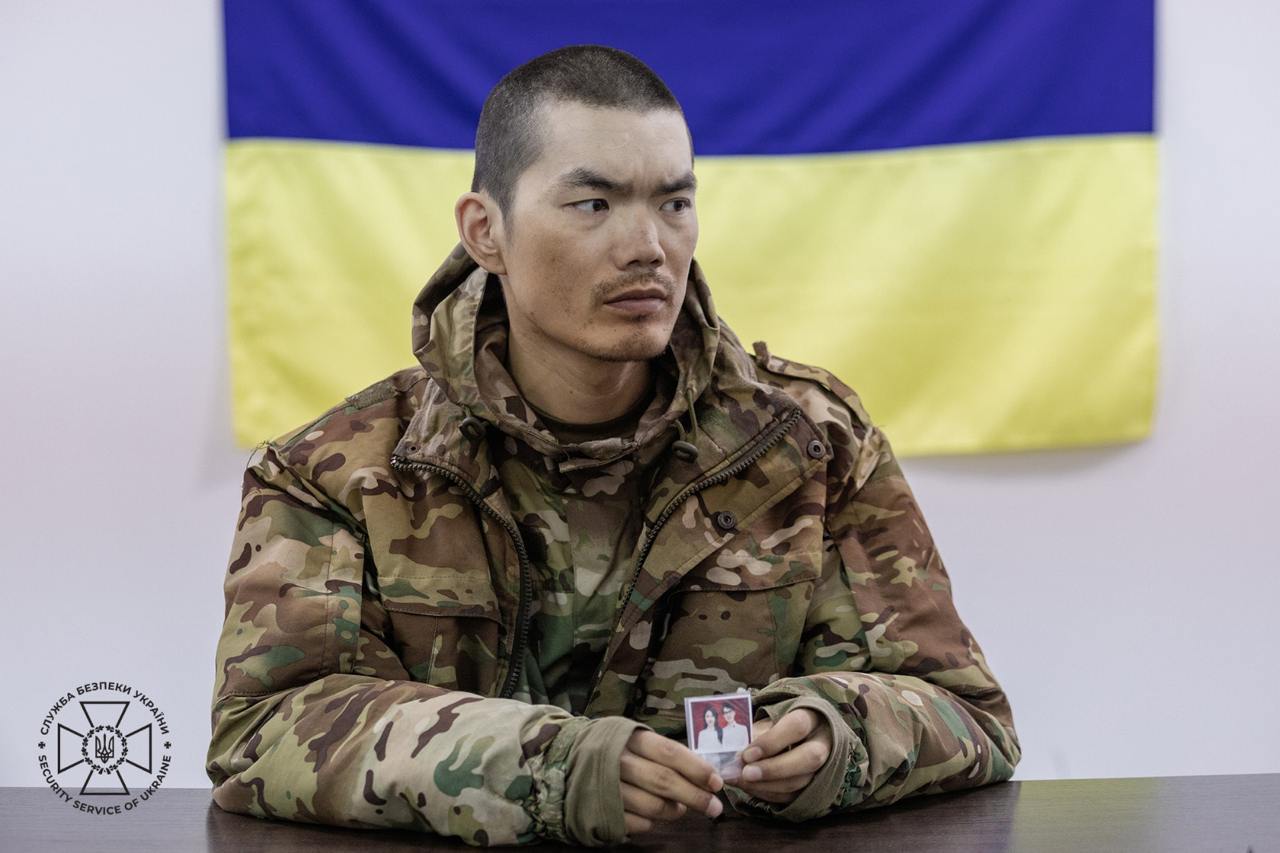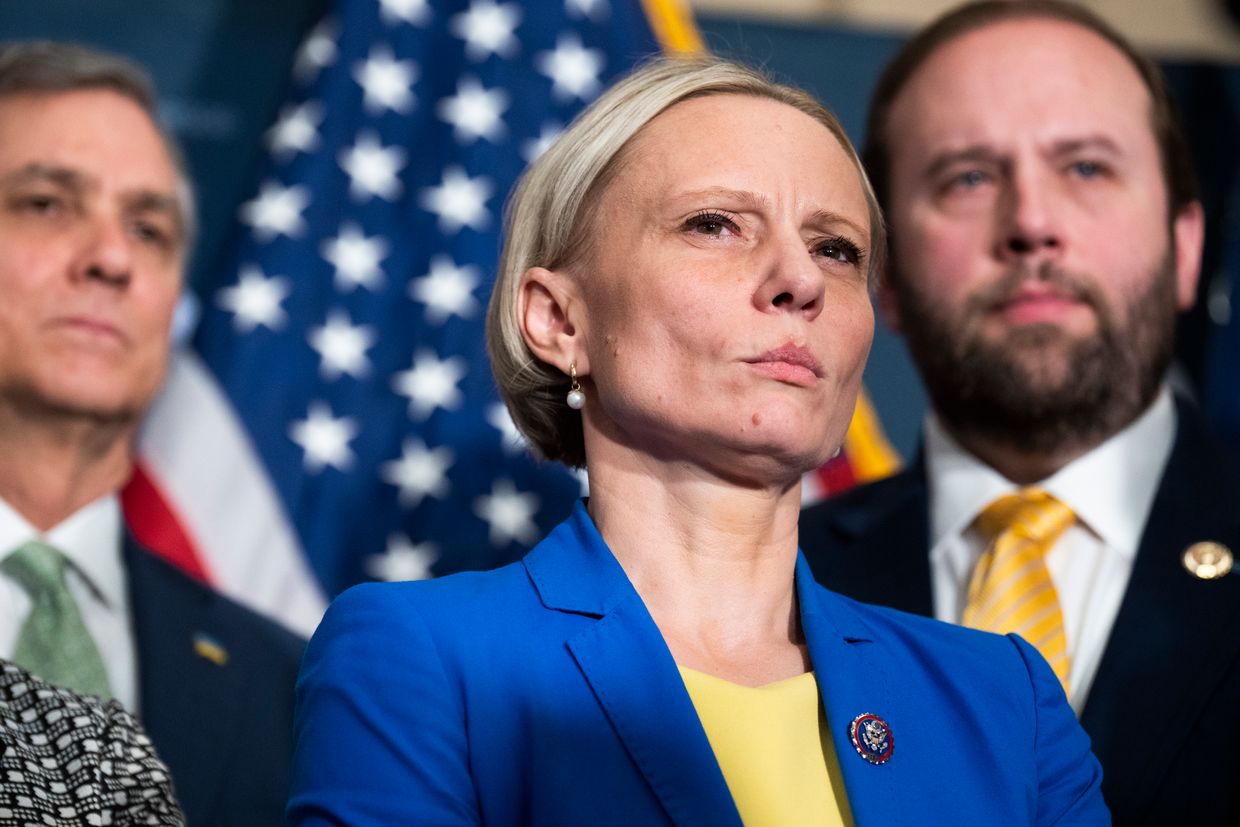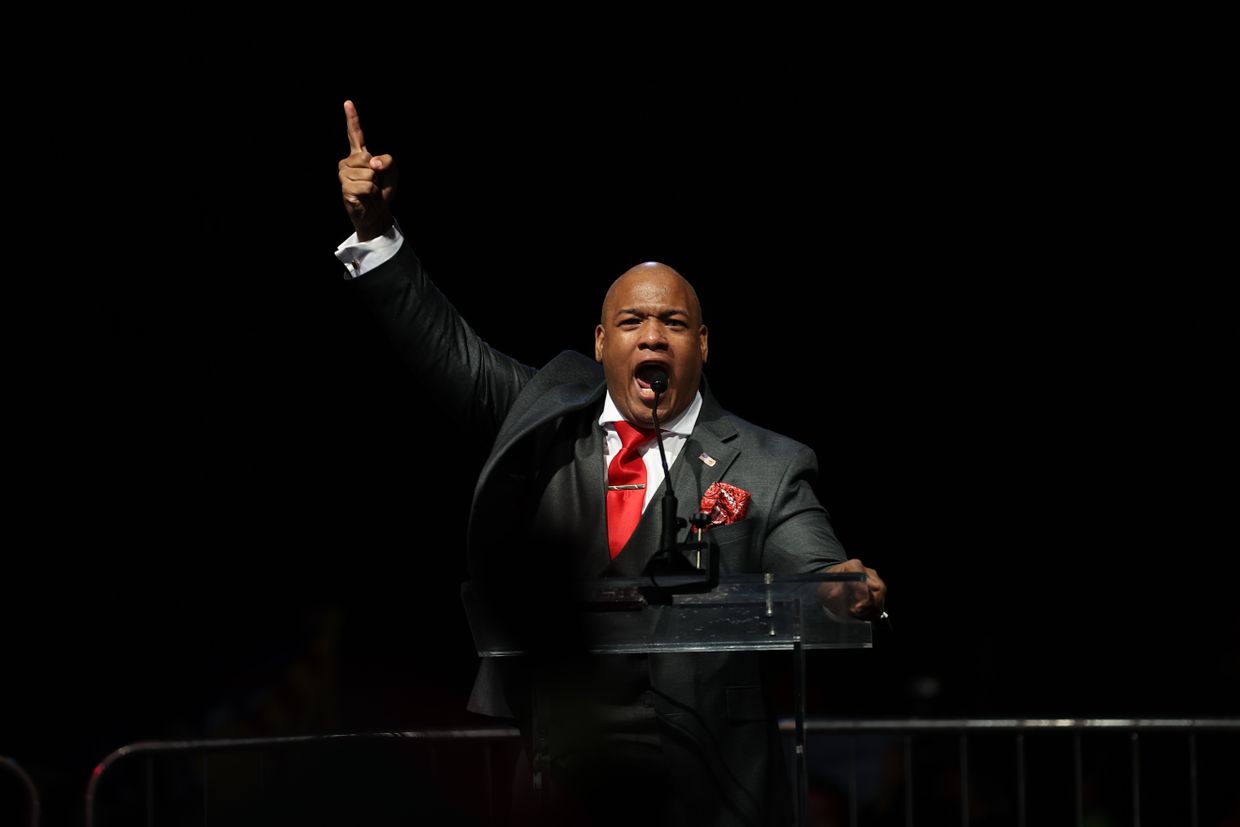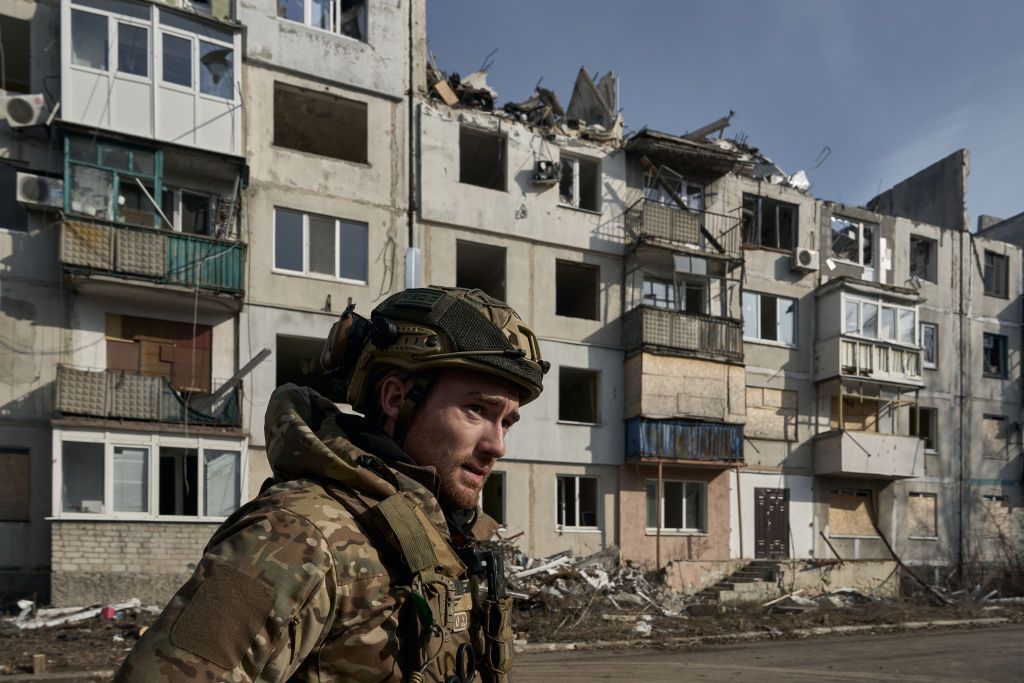Editor’s Note: This article is based on a series of four reports currently produced by the Stockholm Centre for Eastern European Studies (SCEEUS) at the Swedish Institute of International Affairs. The opinions expressed in the op-ed section are those of the authors and do not purport to reflect the views of the Kyiv Independent.
As Russia’s aggression against Ukraine continues, there are more and more calls for a ceasefire between Moscow and Kyiv by self-proclaimed pacifists and/or pragmatists. They include not only prominent political outcasts from the German Sahra Wagenknecht on the far left to the American Donald Trump on the far right, but even some established social scientists and foreign policy analysts who indicate with ill-thought policy proposals that they are oblivious to some basic realities of the war.
In particular, they are either unaware of or uninterested in the restrictive domestic situations faced in each country by Russian President Vladimir Putin and Ukrainian President Volodymyr Zelensky. Rather than being pragmatic, the current calls for a quick deal between Moscow and Kyiv are irresponsible interventions into the public discourse. Sometimes supported by the high academic credentials of their pronouncers, such siren songs raise unjustified hopes of a currently unattainable peace.
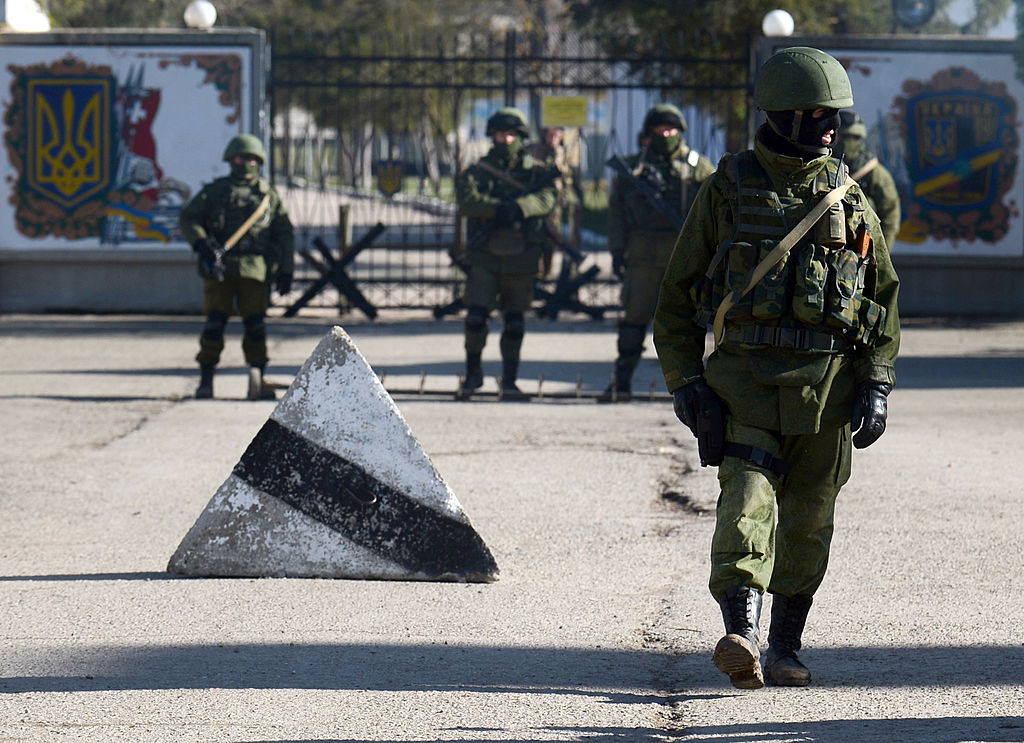
The prospects for a positive outcome of negotiations between Moscow and Kyiv are rather dim – at least, as long as the current Russian regime remains intact and the military situation on the ground does not fundamentally change.
For one, the official Russian annexations of 2014 and 2022 have created formidable legal obstacles to a political settlement. Ukraine’s and Russia’s constitutions now define one and the same regions as part of their territory and forbid each side from making territorial concessions. Some observers argue that constitutions can be changed, watered down, or ignored—especially in an authoritarian state like Russia, where one man wields power and the rule of law counts for little.
However, there are also, in both countries, increasingly large constituencies—some of them armed—that strictly oppose any territorial concessions to the enemy. These camps of foreign political hawks rank very differently in ethical and legal terms, of course. But they are politically significant in both countries.
In Ukraine, the hawkish camp comprises all relevant political parties, a majority of the population, and much of civil society. Opinion polls are clear that most Ukrainians demand the full restoration of Ukrainian political sovereignty and territorial integrity. They want justice done against the aggressor and would not agree to any territorial concessions. This attitude has hardened with every additional month of the war.
In Russia, the picture is more mixed and fluid, but large parts of the Russian elite and population are convinced that Moscow’s annexation of Ukrainian lands is justified and non-negotiable. According to an opinion poll conducted by the reputed Levada Center in August 2022, for instance, 45% of Russians approved of the planned annexations of the south-eastern Ukrainian Zaporizhzhia and Kherson oblasts to Russia, while 21% thought that the regions should become independent states.
After their as well as Donetsk and Luhansk oblasts’ annexations shortly afterward, Russians’ approval of expansionism only increased. The support for the 2022 annexations was and is high despite the odd fact that they include areas that were never occupied or had, after their initial capture, been again ceased by Russian troops.
Russian public opinion might still make a difference between Crimea illegally acquired in 2014 and the Ukrainian mainland oblasts annexed in 2022. There is a strong consensus on the annexation of Crimea in Russian society, including among parts of what remains of the liberal opposition.
Mainstream Russian opinion sees Moscow’s annexation of the popular vacation spot and location of Russia’s main naval base on the Black Sea as fundamentally legitimate, strategically prudent, and nationally beneficial. In contrast, the intensity of the imagined Russian historical and cultural connection to the newly annexed Donetsk, Luhansk, Kherson, and Zaporizhzhia oblasts is lower. Many Russians would probably regard the return of these regions to Ukraine as embarrassing, but as far less regrettable for their country than the loss of Crimea.
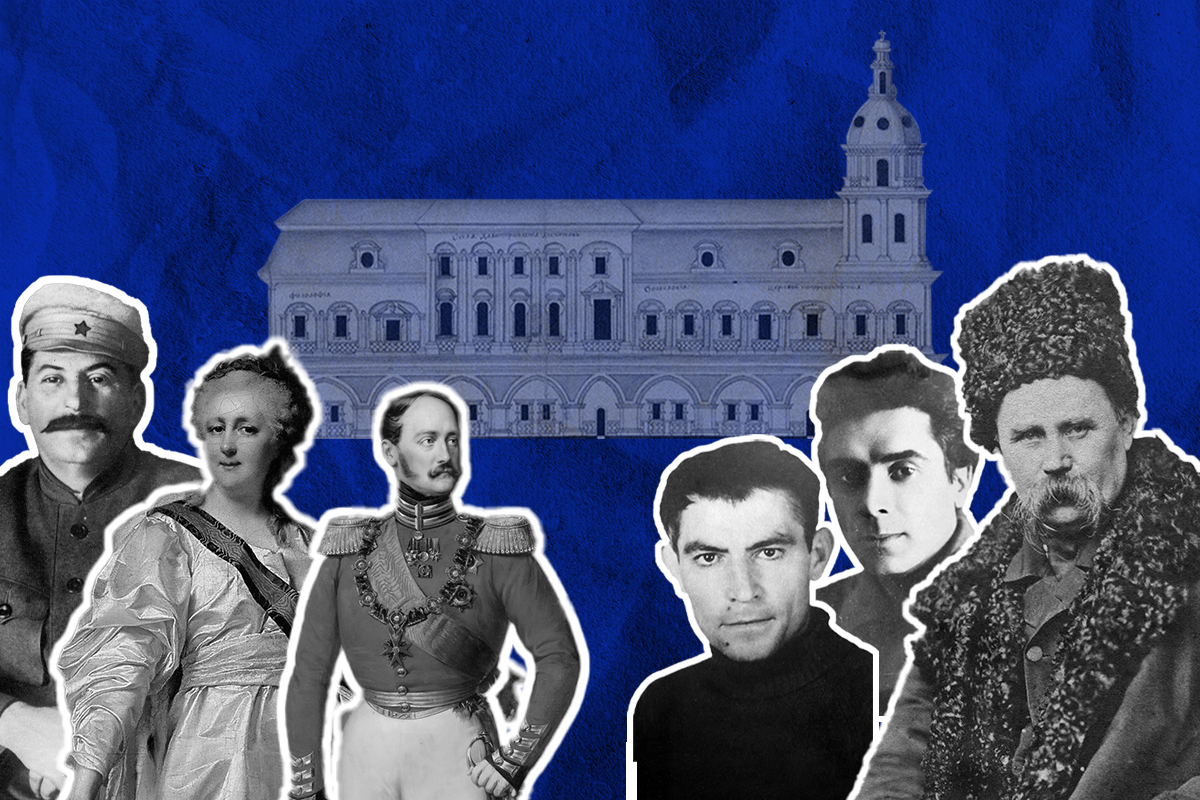
Such a differentiation is also behind many of the current supposedly pragmatic non-Russian proposals for a ceasefire or peace agreement. Somehow – so the popular suggestion goes – one should get Putin to return Ukraine’s occupied mainland territories and let him keep Crimea in return.
The assumption that Russia’s 2014 annexation of Crimea was either more reasonable or more legitimate compared to Moscow’s 2022 land grab is commonplace among many observers. There is also an increasing perception that the former has become an established fact with the passage of time. This leads some to believe that the Russian annexations of 2014 and 2022 can be politically compartmentalized. From this viewpoint, the two annexations should be treated differently in Kyiv’s and Western strategic thinking and diplomatic efforts.
Yet, not only does Russia’s constitution make no distinction between the 2014 and 2022 annexations. It is also unclear whether a reversal of the more recent Russian conquest would indeed be significantly easier for Moscow than an abandonment of Crimea. The takeover of Crimea in February and March 2014 was entirely bloodless for Russia, with victims only on the Ukrainian side. But the human costs for Russia of the 2022 capture of the four mainland oblasts have been very high and are still rising.
If anything, the political stakes of a hypothetical return of the newly annexed territories are growing. What would the sacrifice of tens of thousands of Russian lives and the country’s international isolation have accomplished if Moscow agreed in negotiations to the status quo ante of Feb. 23, 2022 (i.e., one day before the large-scale Russian invasion of Ukraine), or even of March 19, 2014 (i.e., one day after Russia’s illegal annexation of Crimea)? Many current and former Russian soldiers and mercenaries who have lost their comrades in the war will be unhappy with their government’s concessions toward the enemy.
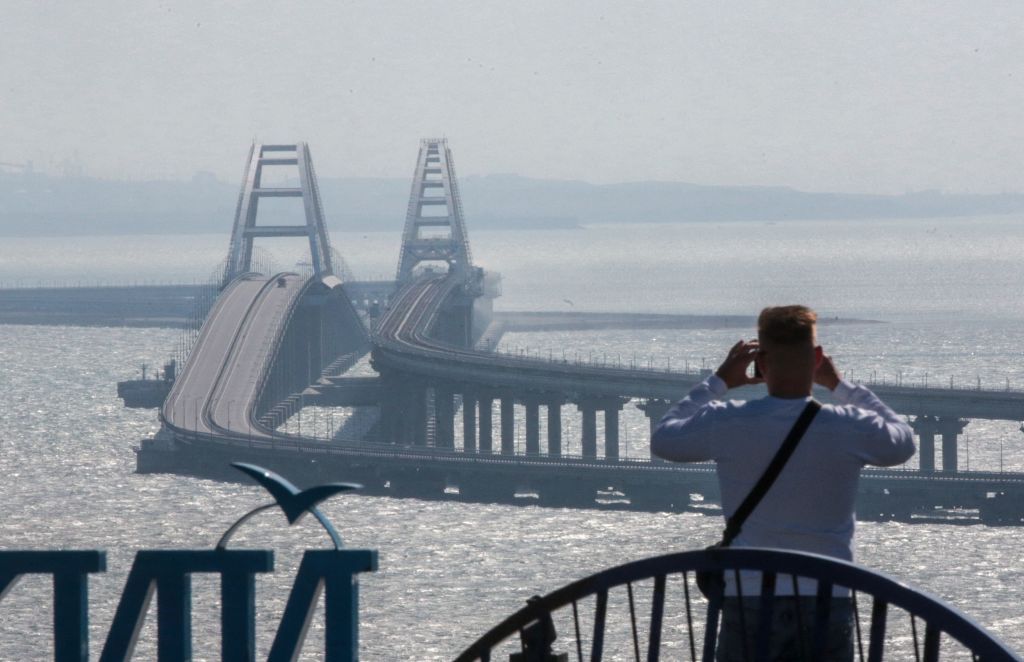
There are other reasons why Crimea and the 2022 mainland annexations cannot easily be kept apart in hypothetical negotiations, for now. The economic, social, and political sustainability of the Black Sea peninsula is closely linked to Russia’s control of the dryland territories along Ukraine’s southeastern shore. In fact, the desire for a land bridge between Russia and Crimea was a major cause of Moscow’s 2022 invasion in the first place.
Similar motivations had already led Tsarist Russia to create the Taurida Governorate, a single administrative unit that joined Crimea, annexed in 1783, with large parts of what is today Ukraine’s southeastern mainland, in 1802. No territories of today’s Russian Federation were included in the Romanov Empire’s Taurida Governorate.
During Soviet times in 1954, Crimea’s close link to the Ukrainian mainland became important once again. The deep connections between Ukraine’s Black Sea coastal mainland and Crimea were the major reason why the Kremlin transferred the peninsula from the Russian to the Ukrainian soviet republic. Crimea’s administration as an exclave of the far-away Russian Soviet Federative Socialist Republic since 1922 had shown itself to be impractical.
Contrary to the Kremlin’s effective propaganda and to, as a result, widely held beliefs in and outside Russia, both the pre-Soviet and Soviet experience of Crimea linked it to the mainland territory of current Ukraine rather than of the Russian Federation.
During the Crimean Tatar Khanate until the 18th century, in the Tsarist Empire in the 19th century, and during the Soviet as well as post-Soviet periods of the 20th century, Crimea was administratively linked with Ukrainian drylands to its north rather than to Russia. After the USSR’s foundation in 1922, Crimea was formally attached to the Union’s Russian republic for 32 years – an abnormality that the Soviet leadership corrected in 1954. Moscow had little other choice than to transfer the peninsula to its geological, historical, and economic homeland – the Ukrainian republic.
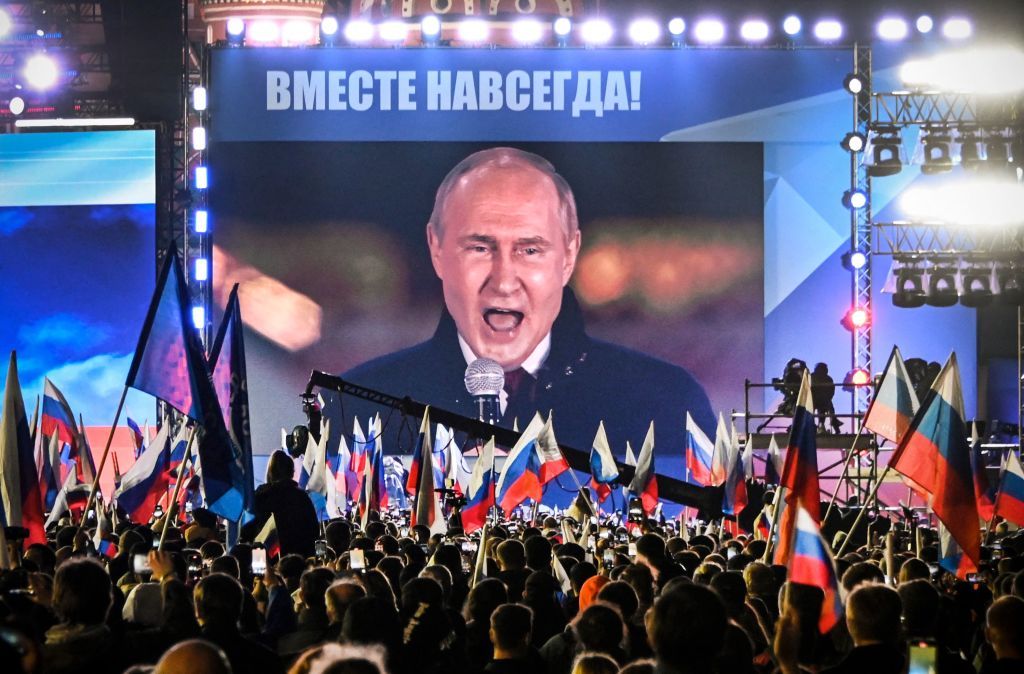
After post-Soviet Russia’s illegal annexation of Crimea in 2014, the unnatural separation of the peninsula from the drylands to its north during the early Soviet years reappeared. Yet, the objective forces of geology, history, and economy remained in place. They were felt more and more by both Crimeans and Russians. The second Russian annexation of Ukraine’s southeastern mainland and the peninsula’s re-inclusion into its larger geographic habitat in 2022 was thus, in some sense, logical and natural.
Less rational factors behind Russia’s decision to pursue a major war of conquest against Ukraine in 2022 were important as well. These include post-Soviet resentment, imperial hunger, colonial ambition, hegemonic posturing, strategic miscalculation, and fascist impulses.
The most pragmatic determinant of Moscow’s large-scale invasion, however, was the unsustainability of Crimea as a permanent Russian exclave. The peninsula was unlikely to ever become self-sufficient—not least due to continuing Western sanctions against Crimea since 2014. Moreover, the peninsula was and is dependent for a major part of its water supply from the North Crimean Canal that connects the Ukrainian mainland’s Dnipro River via the Isthmus of Perekop to Crimea.
As long as illegally annexed Crimea was an exclave with no physical connection to Russia other than the hastily constructed and vulnerable Kerch Bridge, the peninsula would continue to drain large subsidies from Russia’s central budget. If again disconnected from a land bridge to Russia, annexed Crimea will once more end up in the geopolitically fragile position in which it was in 2014-2022. The Kremlin is, of course, only too aware of these vagaries.
Some of the same Western observers who argue that Putin is a rational actor ignore these practical reasons for Russia’s 2022 annexations. Self-described pragmatists believe that Putin might, if allowed to keep emotionally laden Crimea, be persuaded to leave mainland Ukraine alone. Such commentators downplay not only the domestic and security political determinants shaping Putin’s actions, but also ignore the economic and logistical importance of the Kremlin’s rule over southeastern dryland Ukraine for sustaining Moscow’s older and far more popular Crimean adventure.
Whether for Putin or a post-Putin regime, reversing Russia’s recent territorial acquisitions will be far more difficult than the incorporations of the territories. The annexations were rushed into law in a matter of days, in March 2014 and September 2022. A voluntary abrogation of any of the regions now regarded as full parts of Russia would, for most Russian nationalists, rank between embarrassing and treasonous.
Moreover, there is another risk for Moscow. A surrender of what is now official Russian state territory could, in the future, give ideas to other Russian regions belonging to the Federation’s internationally recognized lands.
In the likelihood that Russia enters a deep socio-economic crisis like in the early 1990s, various republics and oblasts might consider a negotiated cessation of now annexed territories to Ukraine as a model for their own departure from the Federation. The Russian political and intellectual elite is only too aware of the risk of such territorial disintegration of its state. It will therefore be reluctant to create a precedent for a future breakaway of Russian regions from the Federation.
For these and other reasons, suggesting that an agreement between Ukraine and the current Russian regime is within reach is misleading. Comments to that end—especially when they come from opinion-makers speaking or writing in influential media—create false expectations for ongoing diplomatic efforts to contain the war and create a lasting peace. They conjure up discursive dead ends in public debates about current and future Western support for Ukraine.
Repeated calls for negotiations can create the illusion that there is a quick alternative to Ukraine’s ongoing fight to liberate its territories. In this way, these calls are in manifest contradictions not only to Ukrainian desires, but also in dissonance with the national interests and international system of states.
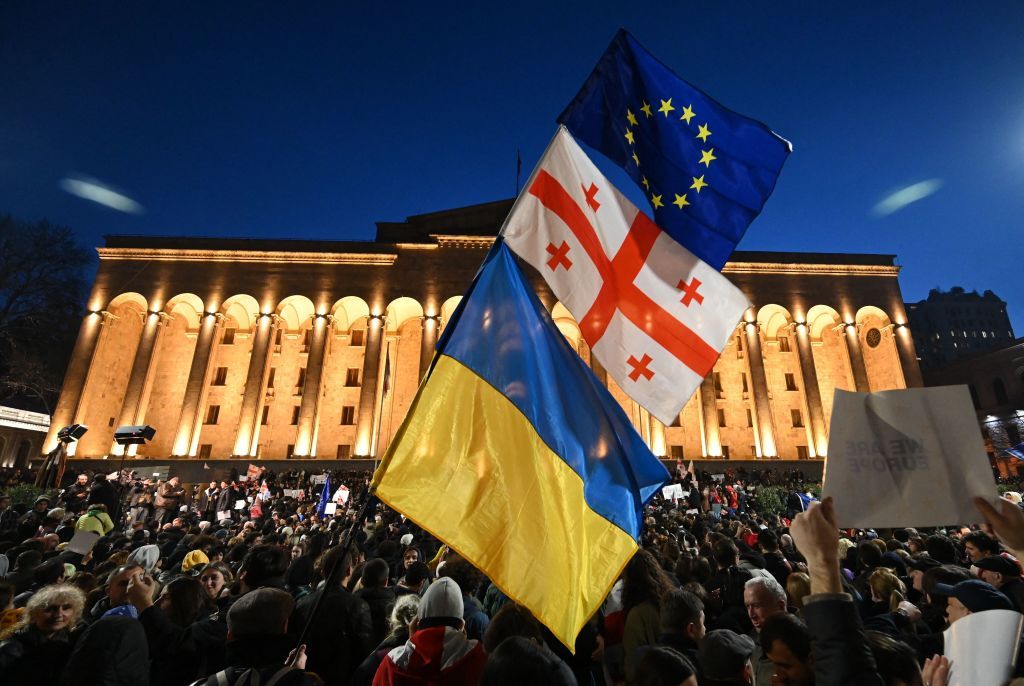
The mirage of a peaceful conflict resolution may postpone, reduce, or even hinder more resolute Western help for Kyiv. While publicly promoting an end to the war, commentators promoting the fantasy of a quick ceasefire, in fact, prolong the confrontation. They also increase the risk of future wars by allowing further devaluation of international law and subversion of the European security order.
Western policymakers, academics, journalists, and other commentators would do well to keep all these factors in mind before calling for negotiations over borders and pushing a superficially sensible “peace for land” narrative. Both in their public comments and closed-door deliberations, they need to be aware of the legal challenges in Ukraine and Russia that make it difficult to reach a compromise.
Analysts of the Russo-Ukrainian War should keep in mind that domestic constituencies in both countries currently hinder a ceasefire agreement. Public commentators may want to inform their audiences about these internal hindrances for a deal with Moscow and Kyiv, and about the economic as well as logistical interconnectedness between annexed Crimea and the recently occupied southeast Ukrainian mainland.
Publicly promoting an assumption that Russia can be satisfied just with control of Crimea is not only misrepresenting the nature of Moscow’s aggression against Ukraine but also helping to prolong it.
Novel policy proposals are only to be welcomed, to be sure. Yet, they need to be based on facts on the ground and the rather obvious motivations of the parties concerned. A deeper look at the legal, economic, historical, and political factors quickly derails some of the seemingly pragmatic and sensible calls for a quick ceasefire. A comprehensive assessment of the initial determinants and current drivers of the war makes clear that the idea of trading land for peace is anything but pragmatic and sensible.




